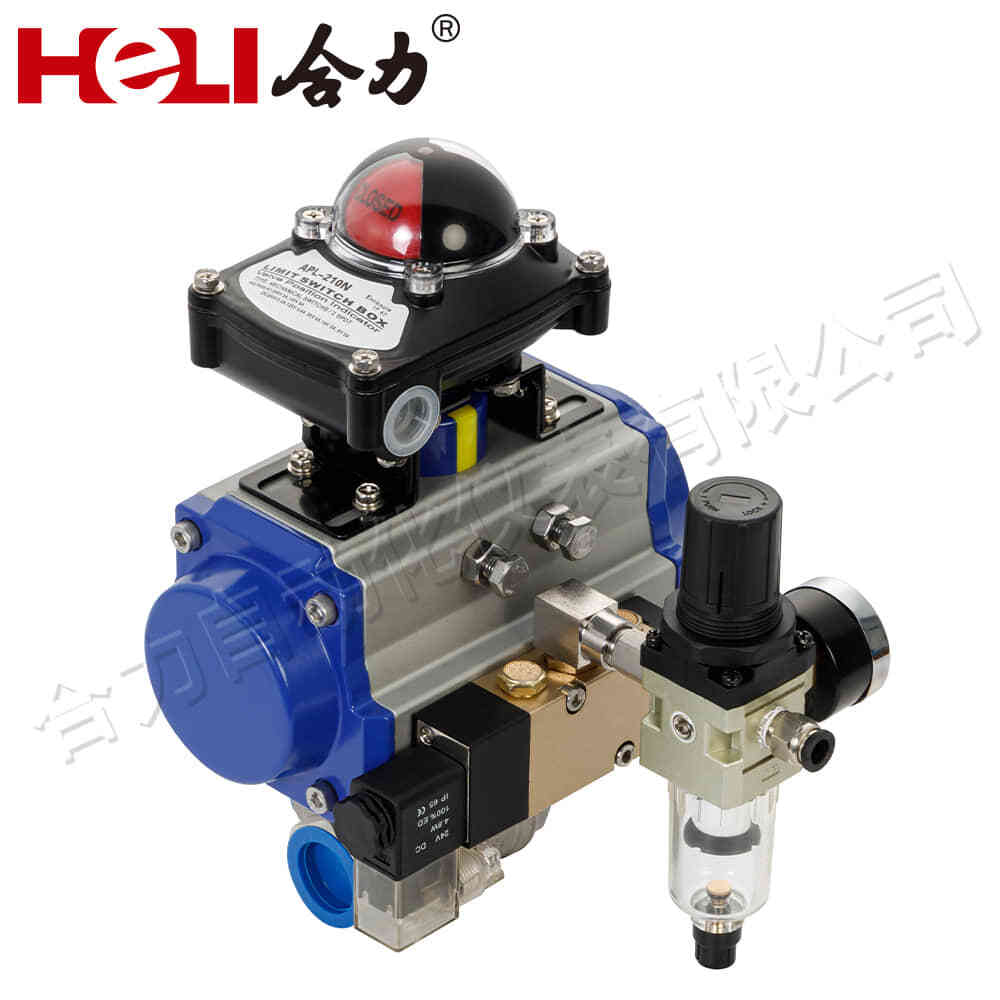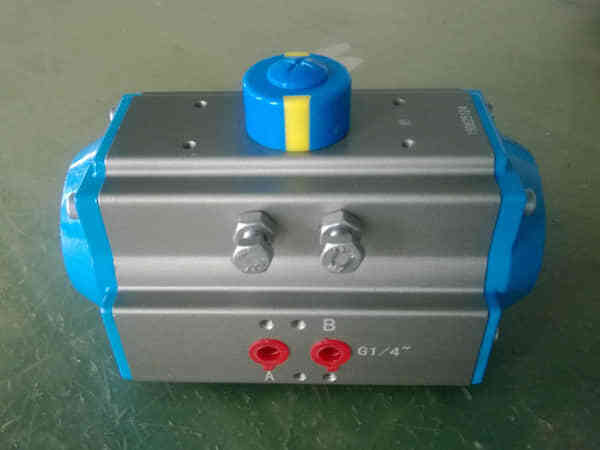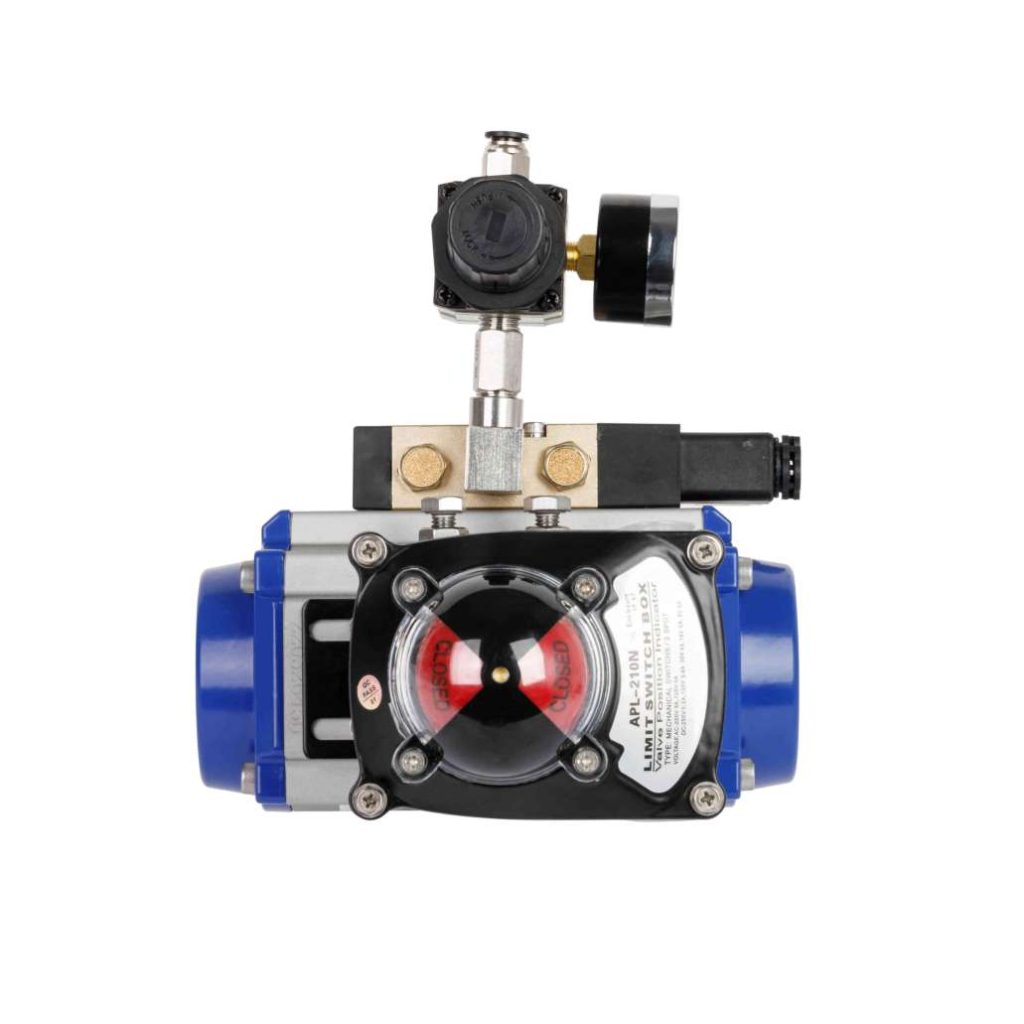Pneumatic actuators are integral components in the realm of industrial automation, playing a crucial role in various applications across multiple sectors. These devices convert compressed air energy into mechanical motion, enabling a wide range of automated processes. This article delves into the functioning, types, applications, and advantages of pneumatic actuators, highlighting their significance in modern industry.

What is a Pneumatic Actuator?

A pneumatic actuator is a mechanical device that utilizes compressed air to produce motion. It is commonly used to operate valves, dampers, and other mechanisms requiring linear or rotary motion. The fundamental operation of a pneumatic actuator relies on the principles of fluid dynamics, where air pressure is harnessed to move a piston or a diaphragm, generating force that can be used to perform work. Types of Pneumatic Actuators Pneumatic actuators can be categorized into several types based on their design and functionality: Linear Actuators: These actuators produce straight-line motion. They typically consist of a piston that moves within a cylinder. When compressed air is introduced, it pushes the piston, resulting in linear displacement. Linear pneumatic actuators are often used for applications like opening and closing valves.

Leave a Reply